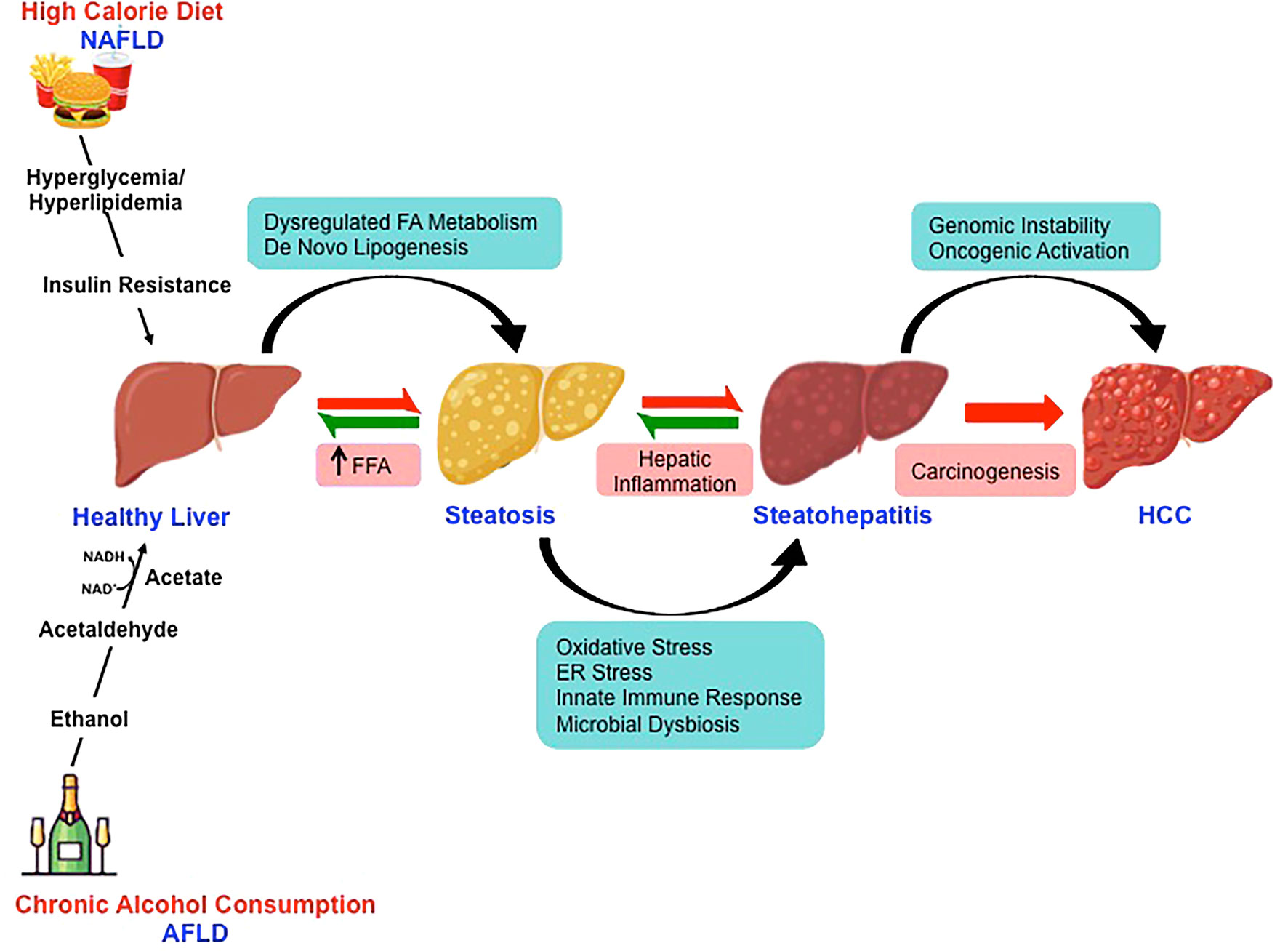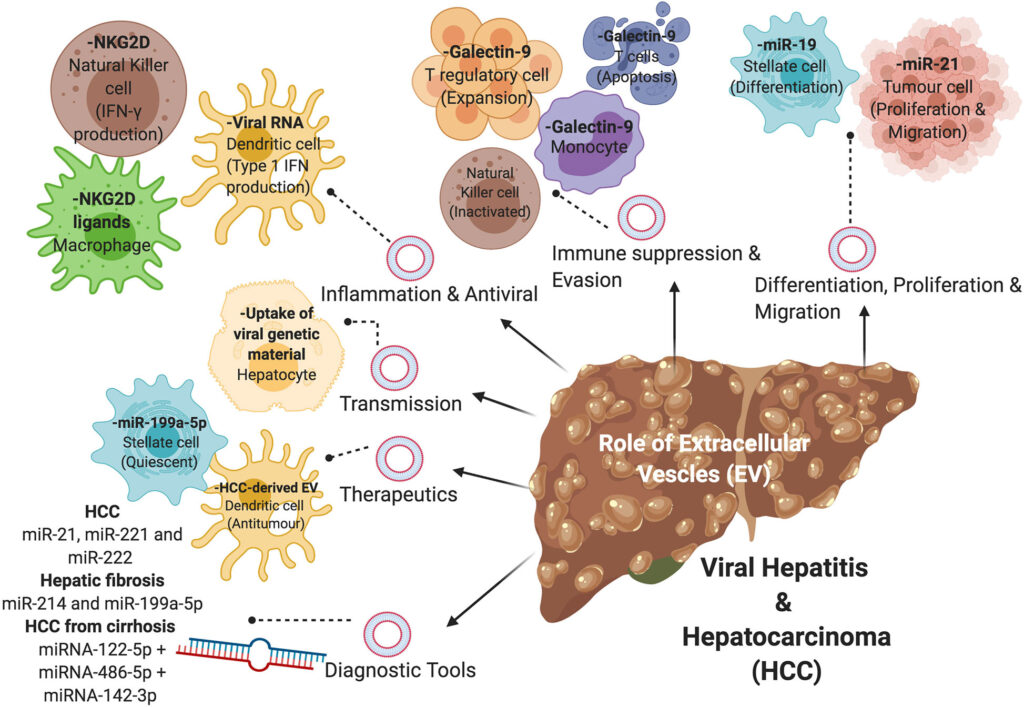Hepatitis C, often abbreviated as HCV, is a viral infection that affects the liver and can lead to both acute and chronic health issues. This disease has become a significant public health concern worldwide due to its potential to cause severe liver damage if left untreated. In this article, we will explore the causes, symptoms, transmission, diagnosis, treatment options, and preventive measures associated with this condition.

What is Hepatitis C?
Hepatitis C is a liver infection caused by the hepatitis C virus. The virus primarily targets the liver, leading to inflammation and, over time, potentially causing serious damage. Unlike some other forms of hepatitis, this particular infection often progresses without noticeable symptoms in its early stages, making it difficult to detect until significant liver damage has occurred.
How Does the Virus Affect the Liver?
The hepatitis C virus infects the liver cells and begins to replicate, triggering an immune response. This immune response causes inflammation in the liver, which can lead to scarring, also known as fibrosis. If the infection persists for many years, the scarring can worsen, leading to cirrhosis, a condition where the liver becomes severely scarred and loses its ability to function properly. In some cases, long-term infection may also increase the risk of developing liver cancer.
Symptoms of Hepatitis C
One of the challenges of diagnosing hepatitis C is that many people do not experience symptoms during the early stages of the infection. When symptoms do occur, they are often mild and nonspecific, making them easy to overlook. Common symptoms include:
- Fatigue
- Loss of appetite
- Nausea or vomiting
- Abdominal pain, particularly in the upper right side
- Joint pain
- Fever
- Dark urine
- Jaundice (yellowing of the skin and eyes)
In chronic cases, symptoms may not appear for decades, but the virus continues to damage the liver silently. By the time symptoms become apparent, significant liver damage may have already occurred.
How is Hepatitis C Transmitted?
The hepatitis C virus is primarily spread through contact with infected blood. Understanding how the virus is transmitted is crucial for preventing its spread. Some common modes of transmission include:
Blood-to-Blood Contact
The most common way the virus is transmitted is through direct contact with infected blood. This can happen in several ways:
- Sharing needles or syringes among people who inject drugs
- Receiving contaminated blood transfusions or organ transplants (before widespread screening began in the 1990s)
- Accidental needlestick injuries among healthcare workers
- Sharing personal items such as razors or toothbrushes that may have come into contact with infected blood
Mother-to-Child Transmission
In some cases, the virus can be passed from an infected mother to her baby during childbirth. However, this mode of transmission is relatively rare and occurs in only about five percent of cases.
Sexual Transmission
While the risk of sexual transmission is low, it is still possible, especially among individuals who engage in unprotected sex or have multiple partners. The risk increases if there are other factors present, such as having a sexually transmitted infection or engaging in rough sexual activities that cause bleeding.
Diagnosing Hepatitis C
Because hepatitis C often does not cause noticeable symptoms in its early stages, many people are unaware they are infected until they undergo routine blood tests or develop complications related to liver damage. Diagnosing the infection typically involves a two-step process:
Antibody Test
The first step is a blood test to check for antibodies to the virus. Antibodies are proteins produced by the immune system in response to an infection. If the test detects antibodies, it means the person has been exposed to the virus at some point.
Viral Load Test
If the antibody test is positive, a second test is performed to measure the amount of the virus in the blood. This test, known as a viral load test, confirms whether the infection is still active. It also helps doctors determine the severity of the infection and monitor the effectiveness of treatment.
Treatment Options for Hepatitis C
Over the past few decades, significant advancements have been made in the treatment of hepatitis C. Today, the infection is considered curable in most cases, thanks to the development of antiviral medications.
Direct-Acting Antivirals
Direct-acting antivirals are the primary treatment for hepatitis C. These medications work by targeting specific parts of the virus, preventing it from replicating and allowing the body’s immune system to clear the infection. Treatment regimens typically last between eight and twelve weeks, depending on the strain of the virus and the patient’s medical history.
Side Effects and Considerations
While direct-acting antivirals are highly effective, they may cause side effects in some patients. Common side effects include:
- Fatigue
- Headache
- Nausea
- Insomnia
It is important for patients to discuss their medical history and any existing conditions with their healthcare provider before starting treatment to ensure the safest and most effective course of action.
Preventing Hepatitis C
Prevention plays a critical role in reducing the spread of hepatitis C. While there is currently no vaccine available for the virus, there are several steps individuals can take to protect themselves and others:
Avoid Sharing Needles
For people who inject drugs, using sterile needles and avoiding sharing equipment is one of the most effective ways to prevent infection. Many communities offer needle exchange programs to help reduce the risk of transmission.
Practice Safe Sex
Using condoms during sexual activity can reduce the risk of transmission, especially for individuals with multiple partners or those in high-risk groups.
Be Cautious with Personal Items
Avoid sharing personal items such as razors, toothbrushes, or nail clippers, as these items may come into contact with blood.
Screening for At-Risk Individuals
Regular screening is recommended for individuals who are at higher risk of infection, including those who have injected drugs, received blood transfusions before the 1990s, or were born to mothers with the infection. Early detection can lead to timely treatment and better outcomes.
Living with Hepatitis C
For individuals diagnosed with hepatitis C, managing the condition involves more than just medical treatment. Lifestyle changes and regular monitoring are essential components of living well with the infection.
Healthy Lifestyle Choices
Maintaining a healthy lifestyle can help support liver health and improve overall well-being. Key recommendations include:
- Eating a balanced diet rich in fruits, vegetables, and whole grains
- Avoiding alcohol, which can accelerate liver damage
- Exercising regularly to maintain a healthy weight
- Managing stress through relaxation techniques such as meditation or yoga
Regular Medical Check-Ups
Individuals with hepatitis C should undergo regular medical check-ups to monitor liver function and assess the progression of the disease. These check-ups may include blood tests, imaging studies, and, in some cases, a liver biopsy to evaluate the extent of liver damage.
Addressing Misconceptions About Hepatitis C
There are several misconceptions about hepatitis C that can contribute to stigma and misinformation. Addressing these myths is important for raising awareness and encouraging people to seek testing and treatment.
Myth: Hepatitis C is Always Fatal
While hepatitis C can lead to serious complications if left untreated, it is not always fatal. With modern treatments, the majority of people can achieve a cure and live healthy lives.
Myth: Only Drug Users Get Hepatitis C
Although injecting drug use is a common mode of transmission, anyone can contract the virus through other means, such as contaminated blood products or accidental exposure in healthcare settings.
Myth: There is No Cure for Hepatitis C
This was true in the past, but advances in medical science have made hepatitis C curable in most cases. Direct-acting antivirals have revolutionized treatment outcomes, offering hope to millions of people worldwide.





